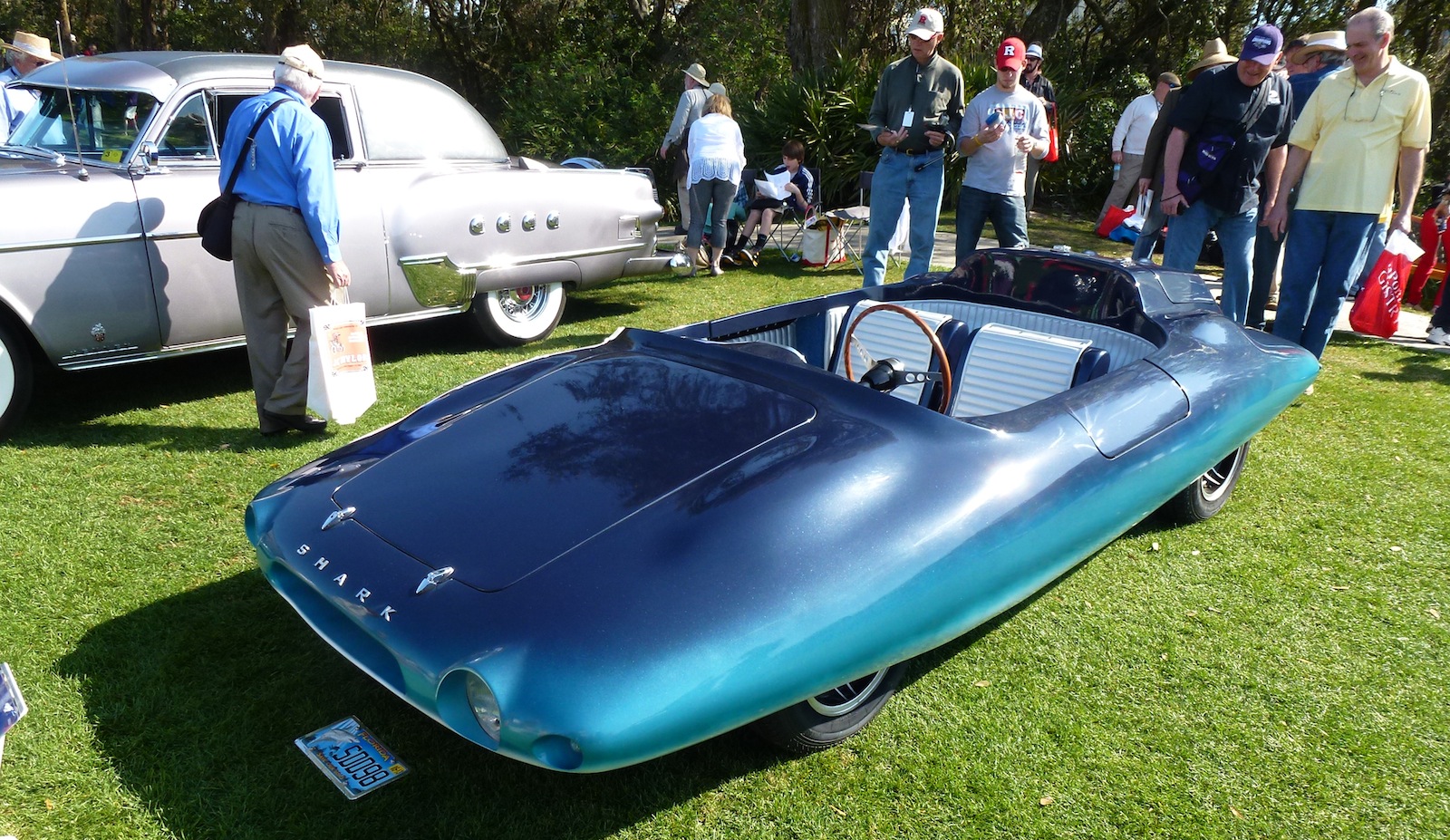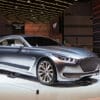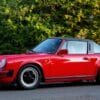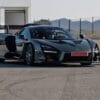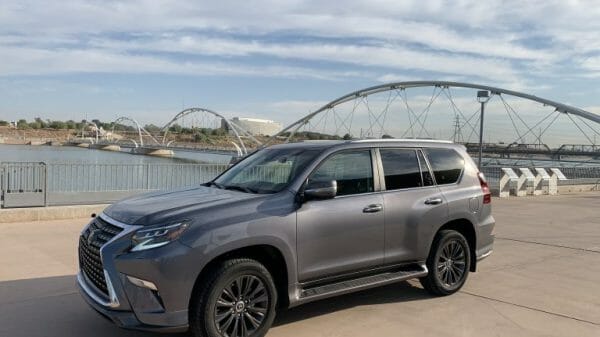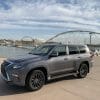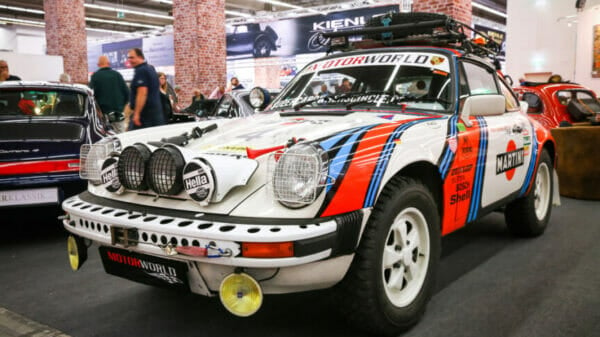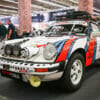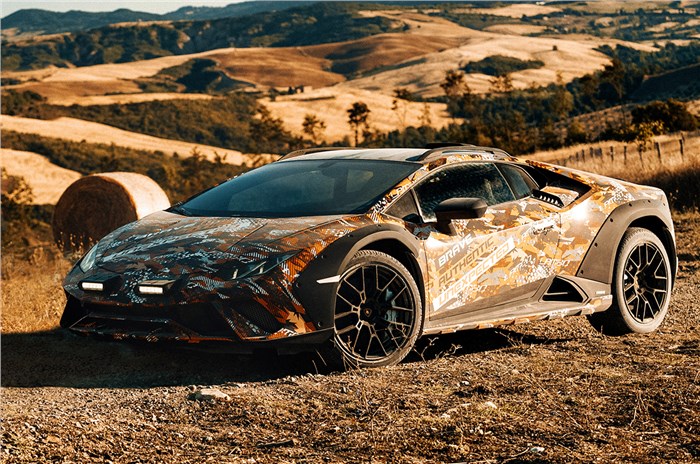Henry Covington, an industrial designer hailing from St. Petersburg, Florida, had a vision to create a vehicle following the aerodynamic principles of Dr. Augustus Raspet, a renowned aerodynamicist. Working alongside fiberglass specialist Glenn Gums of Glenn Industries, Covington set out to bring his prototype to life. Caccicraft of Tampa, Florida, assisted in crafting six coupes as part of the project. Tragically, production came to a halt when Covington passed away in May 1962.
However, undeterred by the setback, Glenn Gums continued the venture with some modifications. He transformed the coupe model into a roadster, incorporating doors and revealing the headlights. Between 1962 and 1965, five roadster versions of the Tiburon were manufactured. Both the Tiburon coupe and roadster were meticulously designed to capitalize on contemporary aerodynamic insights, featuring a substantial belly pan that almost matched the size of the car itself. This innovative design led to Road & Track magazine dubbing it as the world’s most aerodynamic car in 1966.
Image Credit: My Car Quest

